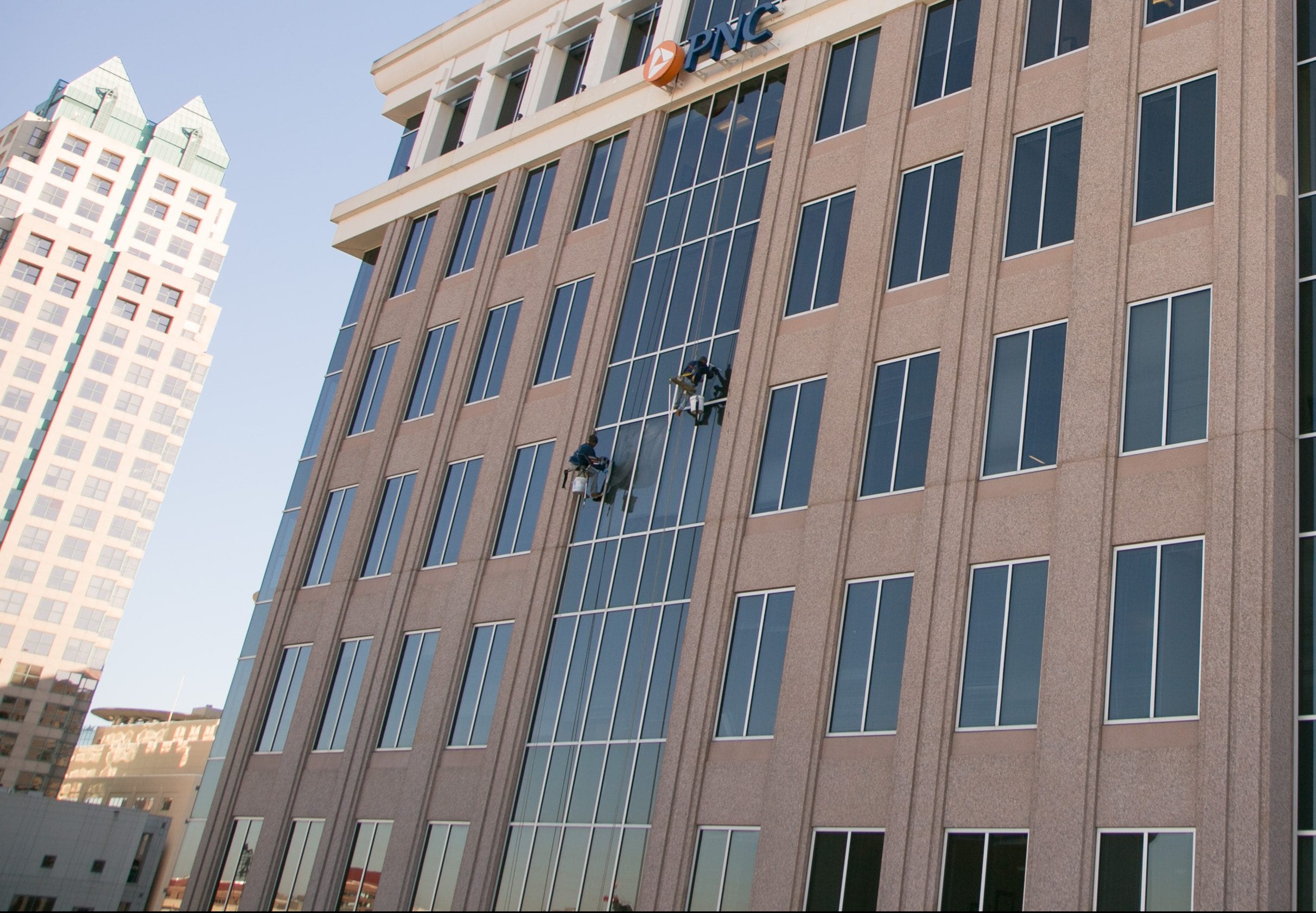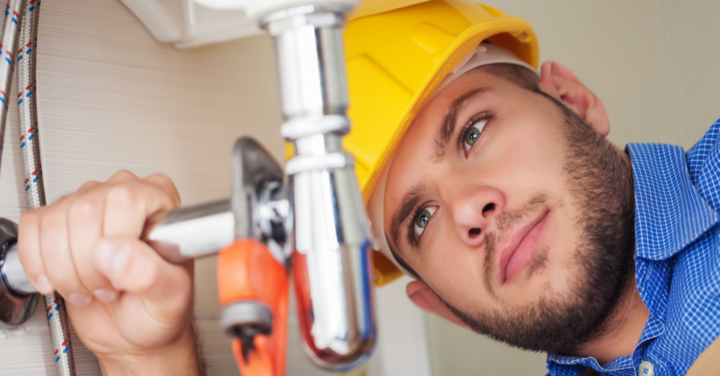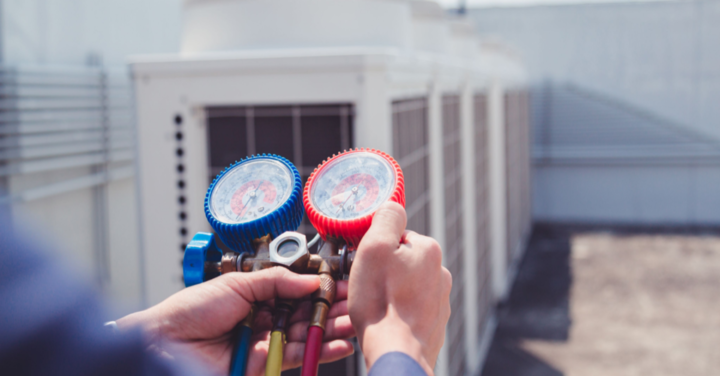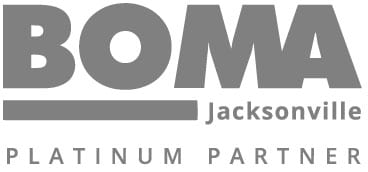Owning commercial buildings comes with expenses, and the last thing an owner wants to do is pour more into facility management services. In actuality, facilities management is a service that, over time, may save your business money in the long run. Preventative maintenance is the best way to avoid costly facility repairs and stay ahead of the game with routine maintenance.
In fact, according to Statista.com, “In 2020, the global facility management market was worth approximately 1.34 trillion U.S. dollars. Facility management involves delivering support services like cleaning, catering, accounting, and IT services for professional organizations.” Facility management is an industry that has a great future ahead.
What Kinds of Costly Damages Are Commonly Seen?
In facility management services, costly facility repairs and damages occur at any given time. Being prepared is vital for any of these occurrences. Ensure staff is well equipped and knowledgeable on handling each specific situation, whether it is an act of mother nature or a human mishap.
The most common types of commercial property damage claims consist of:
- Storm Damage – Storm damage can be highly destructive. They have the potential to destroy the entire structure, knock down trees, crack windows, cause the need for commercial glass restoration, cause damage to equipment or inventory, and even create power outages.
- Fire Damage – Fires can be highly detrimental to the structure of a building. If not immediately contained, the entire building and its contents are in jeopardy of the fire.
- Water Damage – Often caused by unknown window leaks and roof leaks, water damage can be extensive.
- Window and Door Damage – Window and door damage are not always prominent, which is why routine building maintenance services are highly recommended. Cracks can quickly turn into shattered glass. Door and window seals also pose a problem for the safety and efficiency of the building.
- Roof Damage – Strong winds and storms cause most roof damage and are unpreventable. Normal wear and tear issues need immediate attention to avoid costly facility repairs.
- Flooring Damage – Most flooring damage on exterior plaza decks results from exposure to the elements. Interior damage is likely caused by dropping something heavy, a water leak, or a fire.
- Electrical Damage – Faulty wiring and storms are the leading causes of electrical damage. Routine inspection is the key to maintaining up-to-code electrical wiring.
- Facade/Exterior Damage – Weather is critical in exterior building damage. It is the first impression for visitors and is therefore vital in getting fixed as soon as possible.
- Interior Finish Damage – Typically for aesthetic purposes, these finishes can be damaged by water, fire, and storms.
Characteristics of a Reliable Maintenance and Management Expert
Reliable maintenance and expert building management providers should be leaders in their field. Their team should be fully staffed and trained to handle any maintenance issues, routine or emergency, to avoid facility damages safely and effectively.
Some key characteristics of an expert building management team are:
- Preparation and Preemptive – A reliable team prepares for any situation. They should also have a plan, such as a routine maintenance checklist, to help prevent issues.
- Professional Attitude and Motives – Characteristics in facility management services to not be overlooked are confidence and professionalism.
- Exemplifies Leadership Skills – Taking a situation into their own hands, prioritizing, and being self-motivated are non-negotiables for facility management services.
- Open to Communication – A qualified expert building management leader should always be open to hearing all points of view to have a building’s best interest at the top of their list.
- Problem Solving Skills – They must be able to think critically and analytically to avoid facility damages.
- Balance of Hard and Soft Skills – A good leader can balance all aspects of the job.
- Motivated Problem Solver – Being self-motivated is a must. A reliable team does not sit idly by and watch things unravel.
- Knowledgeable Industry Trends – Staying up to date on the current trends is a vital way for facility managers to help their properties stay organized and avoid costly facility repairs.
- Technology Minded and Driven – It is 2022, and technology is unavoidable. A reliable expert must be driven by this trend and use it to their advantage.
Benefits of Industry Experts and Customized Facility Maintenance Services
Leveraging industry expertise in facility management services and implementing emergency facilities maintenance services are benefits of using an expert. A few examples of these advantages are:
- Improved facility safety standards
- Higher productivity for maintenance
- Better environment for staff and customers
- Faster and more reliable response to issues
- Enhanced cost and expense management
Avoid Facility Damages and Related Expenses With Expert Management Services Today
There are several key factors to consider when looking for expert facility management services. Possessing specific characteristics makes for a reliable expert in this field. Avoid damages and costly facility repairs with expert management services and contact The A1orange Group today.








